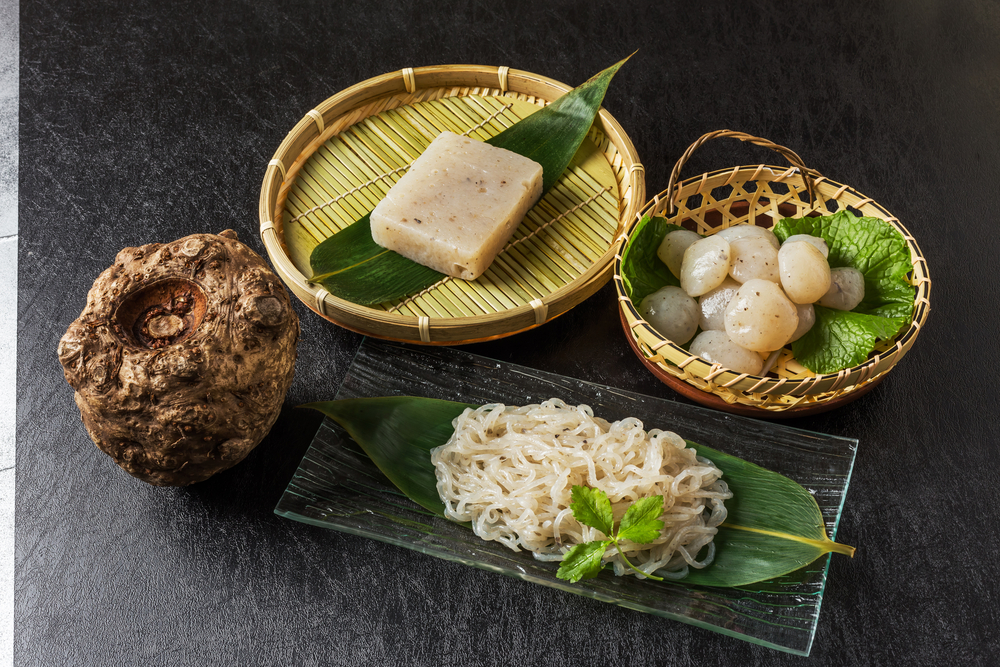
Ibaraki specialities

‐ Umeboshi (Mito City): the Kairakuen garden, one of the three largest gardens in Japan, is a park that is especially famous for the plumtree forest established by the Mito lord, NariakiTokugawa. In an ancient book names Shubaiiki, the beauty of the plum is mentioned, but also the fact that the acidity of plums can heal thirst and fatigue. Umeboshi have a preservative effect and a bactericidal effect. After the establishment of Kairakuen, Umeboshi culture spread to Ibaraki.

‐ Anko-nabe (Oarai Town): A hot-pot made of goosefish, which despite its unrefined appearance, is a delicious fish to eat with plenty of collagen. Anko-nabe is a very healthy meal that can be eaten with vegetables.

‐ Yuzu miso : Ibaraki is also famous for its yuzu, the famous Japanese citrus. It is such a pleasure in Japan when it is cold outside to eat this yuzu miso with boiled and steamed vegetables, such as radishes and mushrooms, which are called burifuki.

‐ Frozen Konjac : Konjac is also a special product of Ibaraki, and it is gaining popularity overseas as a low-calorie meal. This frozen konjac is said to be an ingredient that has been made since the Edo period. It is a preserved food that can be completed in 20 days by slowly thawing, freezing in the night, and melting in the day. It is common to taste at home with sugar, sake, soy sauce, mirin, etc. but you can also eat it as tempuras or in a soup. Zero calories, rich in fiber and calcium, it is also excellent for health. How about a buying some as souvenir?















